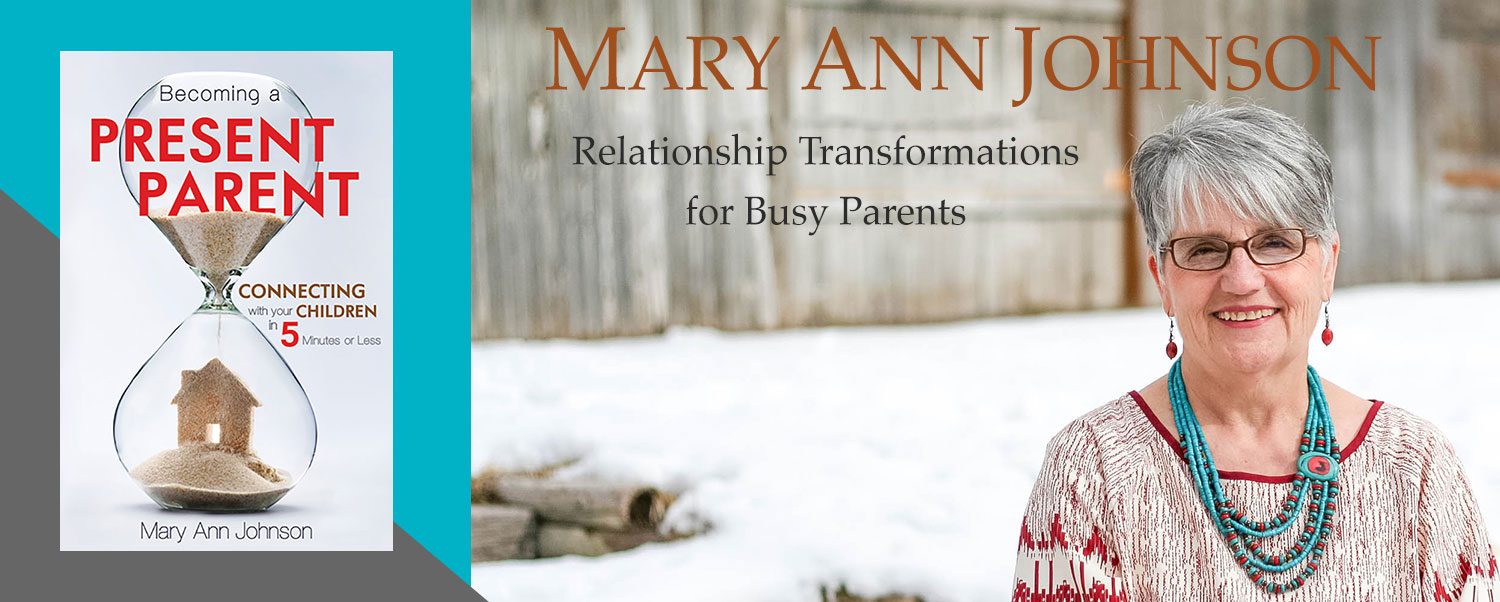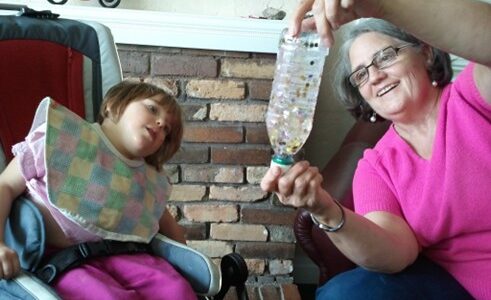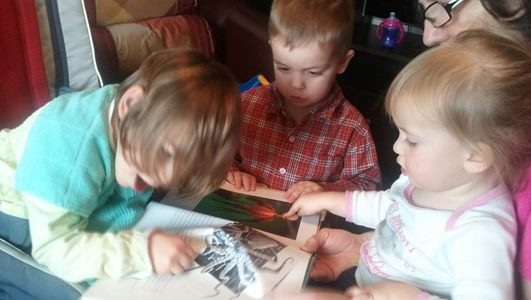 Summer is the perfect time to learn about stars because after you do a few fun activities, you can lie under the stars as a family, breathe the air, and stare into the night sky. What a relaxing thing to do. As I said a few weeks ago, this summer I am sharing some old grandma school times I had with my grands back in 2011. Bigger kids like helping younger ones, so even though these are simple things, you can do them as a family and get the older kids involved. Just don’t pick a Friday or Saturday night. : )
Summer is the perfect time to learn about stars because after you do a few fun activities, you can lie under the stars as a family, breathe the air, and stare into the night sky. What a relaxing thing to do. As I said a few weeks ago, this summer I am sharing some old grandma school times I had with my grands back in 2011. Bigger kids like helping younger ones, so even though these are simple things, you can do them as a family and get the older kids involved. Just don’t pick a Friday or Saturday night. : )
It’s wise to remember that no matter how WONDERFUL your plans for a family activity, some days don’t work out as you plan. Wouldn’t it be superb if all your family activities and learning moments were stellar (no pun intended), but they aren’t! In that long-ago activity, I made some classic mistakes and share them to help you avoid them.
Learning With Children – Stars
REMEMBER, when a child has an interest, and you don’t hear/see it, you will be in trouble. Last Friday, Jack was OK with the ladybugs I brought, but somewhere between the week before and last Friday, he had decided he wanted to make gingerbread. This is a Christmas tradition I began when my children were small, so he is familiar with it. In his young mind, it isn’t about Christmas. However, I showed up with ladybugs in hand. I told Jack I thought we could do gingerbread men the next time I came, but a week is a horrendously long time for a three-year-old, so his mom said they would make them on the weekend.
Tuesday, when I got to my daughter’s home, I had stars in hand. Jack met me at the door and asked if we were making gingerbread. They hadn’t been able to do it on the weekend. Jodie reminded Jack they were making gingerbread men after the activity with me. Jack was not a happy camper. If I had been wise, I would have scrapped the stars and gone to the kitchen to make gingerbread. The truth is that although we did wonderful activities today, Jack’s heart was in the kitchen. But your kids aren’t waiting to make gingerbread men, so you will love these activities. : )
We began by hanging a large piece of black construction paper on the underside of the top bunk. Then we made a very dark fort with blankets and crawled inside. I had painted stars with glow paint earlier. I think glow star stickers would have shown up better, but I didn’t have any, just the paint. As I have said, keep it simple and use what you have. However, the kids liked being in the ‘fort’.
I had painted the stars into the shape of the Big Dipper. It’s the easiest of the constellations to talk about. I showed them a real dipper and we compared it to the shape of the stars. We talked about how the stars were created and by whom. We talked about the size of stars. Jack was sure they were very tiny. We held a small rock up to our eye, and it seemed big. We then put it as far away as our arms would stretch, and it was small. I told Maggie, Jack, and Mary that stars were like that, big, but very far away. We discussed why you can’t see stars in the day; they are there, but the sun outshines them.
I didn’t have my usual stack of wonderful books as I hadn’t had good luck at the library. I only had three, and not the best, but we still enjoyed reading them.
Star Crafts for Children
We did two-star crafts. We made a star mobile with construction paper stars and pieces of straw. It was a pattern, so we reviewed the pattern…star, straw, star, straw. We used plastic needles to thread the stars and straws onto the string. That was fun. Maggie liked the activity so much that we made her mobile twice as long. The reason she liked it is that she is learning to use her thumb and forefinger to grab hold of things. It is a new and exciting skill for her, and this activity gave her lots of practice. (Remember, Maggie has cerebral palsy, and doing anything with her hands is challenging.)
Our second craft was called “Stars in a Bottle”. Plastic bottles were filled with mineral oil so the sequins would float. We glued the lids on because I didn’t want mineral oil spills. The star sequins were supposed to float in the mineral oil and sparkle, but they didn’t stay suspended as well as I hoped. It was fun anyway.
We had some shiny stars for a treat (Hershey Kisses) and read our final book. Then it was off to the kitchen so they could make their gingerbread. When I left, they were all busy measuring and stirring.
As I said, we enjoyed reading the few books I had, but I thought it would be nice to give you more options. Because our small library has a limited selection and I often need to order books from other libraries, I am working on getting four weeks’ worth of books. To assure our next few Grandma Activity Days are successful, I talked with Jack. He let me know what he was interested in learning about. Wise grandma! : )
Books About Stars for Children:
• How to Catch a Star by Oliver Jeffers
• The North Star by Peter H. Reynolds
• The Magic School Bus Sees Stars: A Book About Stars by Joanna Cole
• The Stars, 2nd Edition: A New Way to See Them by H.A. Ray
• Fancy Nancy Sees Stars by Jane O’Connor
• Mr. Putter and Tabby See the Stars by Cynthia Rylant
• Little Star by Anthony DeStefano
• Stars Will Still Shine by Cynthia Rylant
• Shining Star by Megan McDonald
• How the Stars Fell into the Sky: A Navajo Legend by Jerrie Oughton
• How Many Stars in the Sky? by Lenny Holt
• Stars by Mary Lyn Ray
• The Big Dipper by Franklyn Branley and Molly
• Stars by Steve Tomecek and Sachiko Yoshikawa.
• Zoo in the Sky: A Book of Animal Constellations by Jacqueline Mitton
• Our Stars by Anne Rockwell
• Star Climbing by Lou Fancher
As I said in the first Learning with Children article, being together as a family, doing something new and interesting, and letting the older kids help the younger kids, leads to great memories and family bonding, even if it doesn’t all go as planned.



 In the last two weeks, I’ve given you some information on Sparks and how to use them to connect with your children. In the article on March 10 –
In the last two weeks, I’ve given you some information on Sparks and how to use them to connect with your children. In the article on March 10 – 
 Last week I shared information about Sparks and how valuable they can be in building child-parent relationships. I also shared my big failure when it came to one of my grandsons Sparks. Let’s have a quick review.
Last week I shared information about Sparks and how valuable they can be in building child-parent relationships. I also shared my big failure when it came to one of my grandsons Sparks. Let’s have a quick review. I love crafts that cost no money and use what I already have on hand. In this case. we used toilet paper rolls, construction paper, tape, wiggle eyes, and stickers. We created our own octopi and the grands had a grand time. No pun intended. I have given you instructions below so that you can help your kids make their own octopi. Last week I shared that you can light a Spark and use it the same as if it originated with the child.
I love crafts that cost no money and use what I already have on hand. In this case. we used toilet paper rolls, construction paper, tape, wiggle eyes, and stickers. We created our own octopi and the grands had a grand time. No pun intended. I have given you instructions below so that you can help your kids make their own octopi. Last week I shared that you can light a Spark and use it the same as if it originated with the child. As usual, we ended our activity with another very silly book about an octopus who almost became soup. The pictures were funny and Maggie, who is 5 ½, with cerebral palsy, laughed and laughed at the
As usual, we ended our activity with another very silly book about an octopus who almost became soup. The pictures were funny and Maggie, who is 5 ½, with cerebral palsy, laughed and laughed at the  silly things that went on.
silly things that went on.

 Years ago, I spent a great deal of time with my grands that live in Utah. We lived one block away. This was before we consolidated our two families into a three-generation home. My daughter, Jodie, was homeschooling. At that time, I was teaching and mentoring mothers who homeschooled. Then I made a transition. I realized that many of the excellent things I was teaching applied to a whole spectrum of parenting, not just those who homeschooled.
Years ago, I spent a great deal of time with my grands that live in Utah. We lived one block away. This was before we consolidated our two families into a three-generation home. My daughter, Jodie, was homeschooling. At that time, I was teaching and mentoring mothers who homeschooled. Then I made a transition. I realized that many of the excellent things I was teaching applied to a whole spectrum of parenting, not just those who homeschooled.